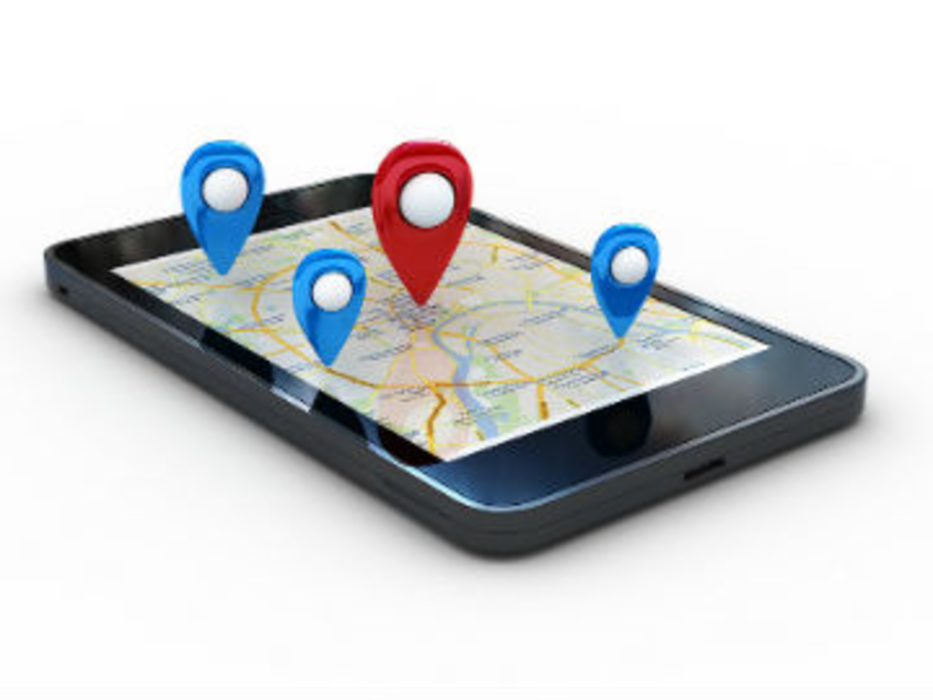Location is paramount to the success of any growing retail business. In fact, an increasing number of marketers are discovering the importance of location in their mobile campaigns. And geo-precise targeting is becoming more of the norm than the exception.
The precise technology pinpoints the exact location of customers, the time of their visits, and the specific device they’re using. All of that valuable data allows marketers to anticipate customers’ wants and needs and then promote relevant products. More consumers are relying on their smartphones to shop. And when businesses meet those shopping needs, there can be a powerful impact on sales.
The 2013 Year in Review report from xAd, a mobile advertising company, reported that mobile campaigns directly contributed more than $200 billion to online and offline retail sales, in large part by driving customers with geo-targeted ads. The report ranked retailers number one for the amount of dollars spent on xAD’s location-targeted advertising for mobile devices—a significant jump from 2012 when retail ranked at number five. The report shows retail marketers outspent their counterparts in auto, banking, restaurants, and telecommunications industries.
“Marketers are realizing that location-targeted ads on mobile devices provide a unique opportunity,” says Monica Ho, xAd’s VP of marketing. “These ads are presented at an ideal time to make products relevant to customers. That’s what’s driving the spending.” The recent xAd report says spending on these location-based ads is on the rise for local and national brands. According the review, 96% of xAd campaigns used geo-precise targeting in 2013, up from 81% the previous year.
Marketers aren’t the only ones relying on location-based mobile ads. A growing number of customers depend on mobile devices to help make shopping decisions. More consumers have come to expect a highly customized experience as they search for convenient places to shop, local deals and directions to nearby stores. Sixty-five percent of mobile customers expect a restaurant to be within five miles of the search, according to the recent xAd report. The trends are similar for customers on the hunt for info on banking, retail and auto needs.
With geo-precision, marketers and advertisers are encouraged to consider new measurements of success. Rather than solely focusing on higher click-through rates, geo-targeted campaigns encourage marketers to focus on actual purchases. “As much as 60% of click-throughs can be accidental,” Ho says. “So by using CTR’s marketers can get the wrong impression.” For an increasing number of brands, tracking store visits can be a more accurate way to measure customer engagement, ad campaign success, and ROI.
So the question is this: How do marketers infuse location-based strategies into their marketing plans? Ho says strategies may include reaching customers around stores and enticing them with limited-time offers that call for immediate action or offering better deals than stores nearby. “Even using variables such as the weather or time of day to target customers can work for marketers,” Ho says. She adds that with all marketing plans, the best way to attract a customer is by offering relevant products and engaging experiences. “The ability to target is best when a customer is close. Offer them a deal.”






